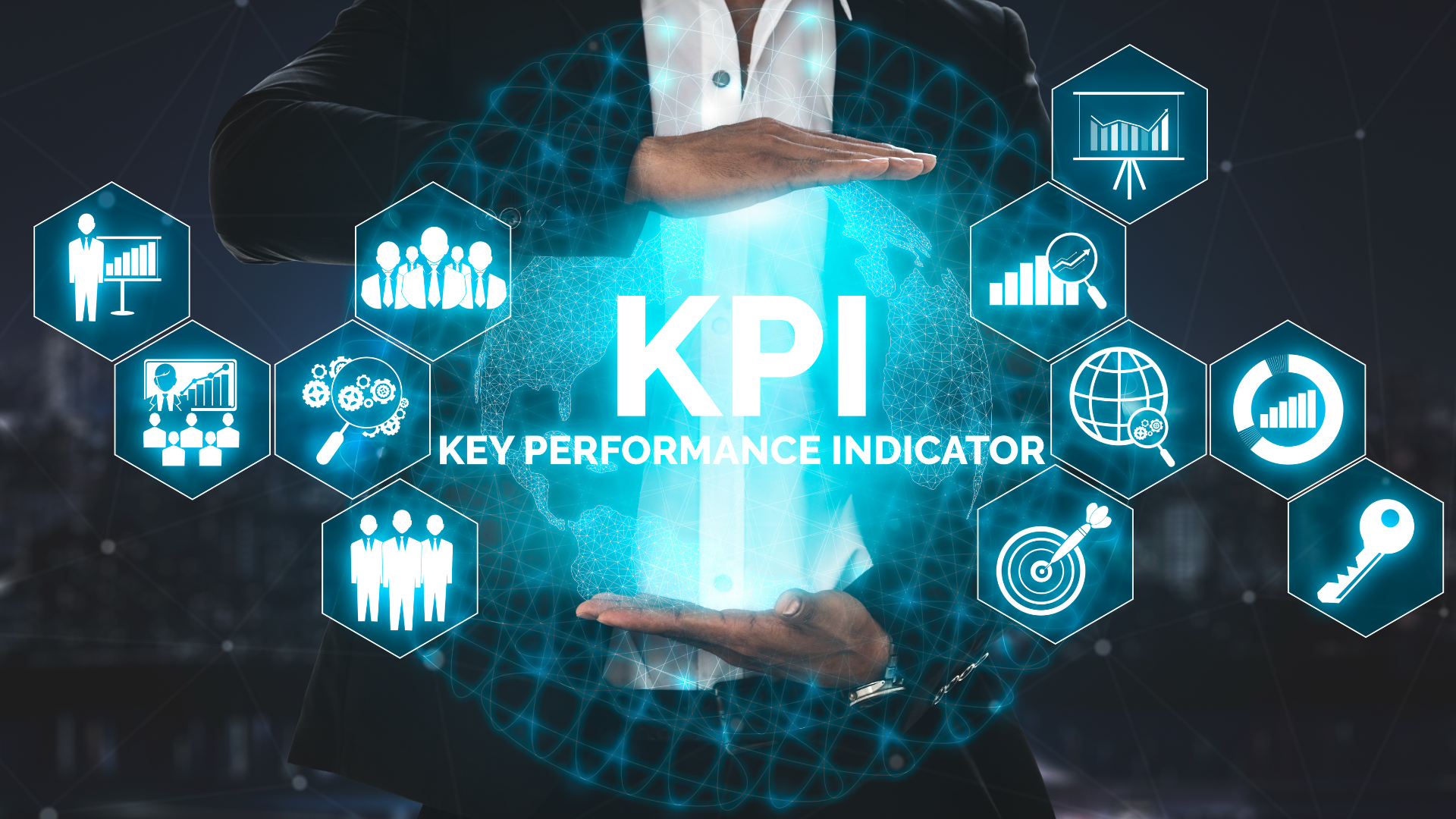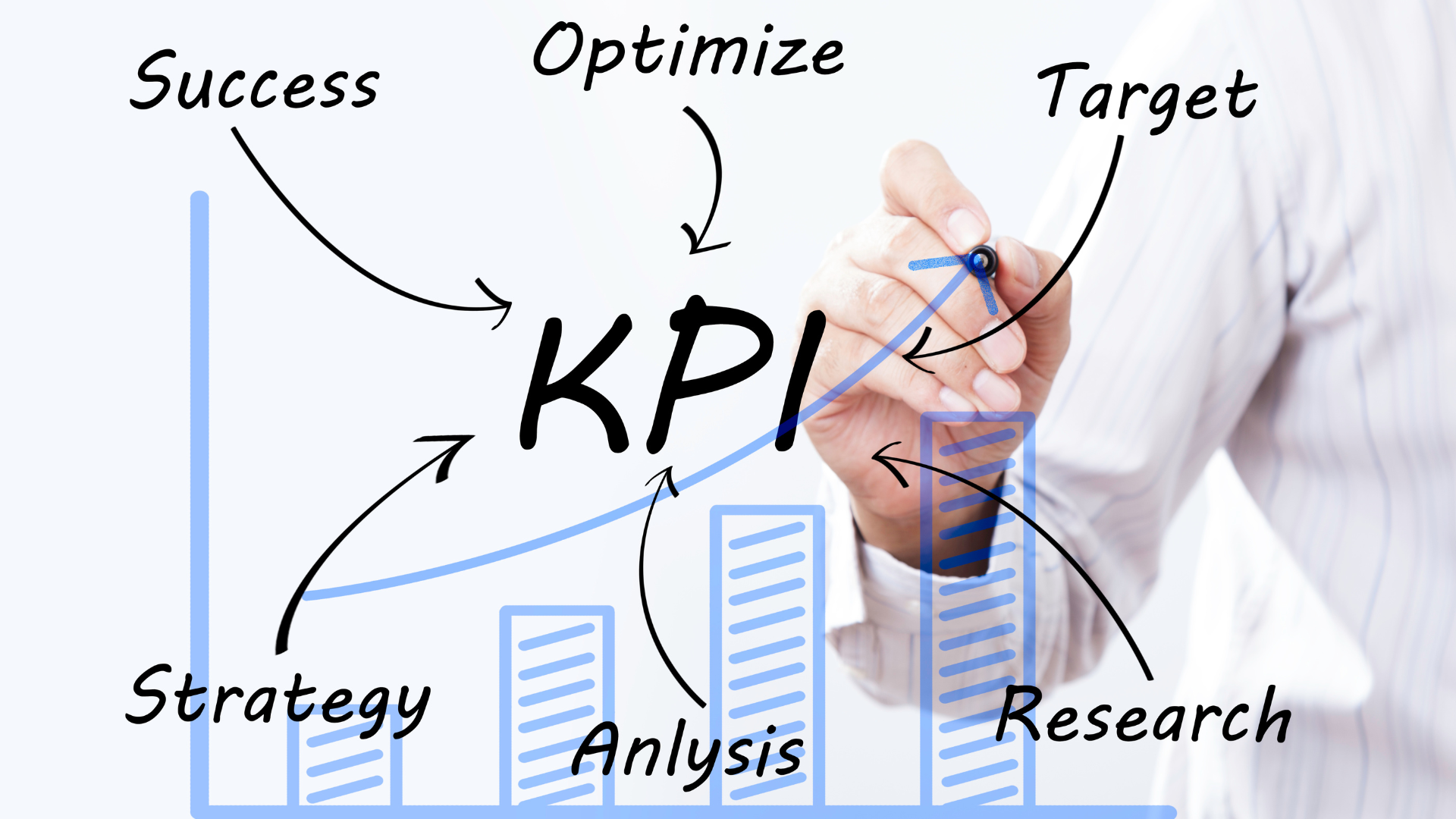Introduction: Why Traditional KPIs No Longer Tell the Full Story
For decades, organizations have relied on Key Performance Indicators (KPIs) as the gold standard for measuring success revenue growth, conversion rates, and market share. But in a world driven by rapid innovation, changing customer expectations, and purpose-led brands, these metrics no longer tell the whole truth.
The problem isn’t that KPIs are irrelevant, it’s that they’re incomplete. They capture what is happening, but not why or how it happens. They measure performance, but not progress. For leaders and strategists aiming for sustainable, long-term growth, the real challenge is looking beyond the numbers to measure what truly matters: trust, innovation, adaptability, and brand resilience.This blog explores how modern business leaders can move beyond traditional KPIs to design metrics that capture value creation, not just value extraction and build organizations that thrive, not just survive.
The Limits of Traditional KPIs
Most KPIs were designed for stability, not transformation. They work well in predictable environments but struggle to reflect growth in a constantly evolving one.
Here’s where they fall short:
- They reward short-term wins over lasting impact.Revenue spikes look great on a dashboard, but they often come at the cost of customer loyalty or employee well-being.
- They miss invisible drivers of performance.Culture, innovation, and collaboration the elements that actually sustain growth don’t fit neatly into a spreadsheet.
- They encourage reactive leadership.By the time a KPI signals a problem, it’s often too late.
- They measure activity, not adaptability. Hitting numbers doesn’t always mean the organization is learning or evolving.
In short, traditional KPIs can make leaders feel in control while overlooking the deeper forces shaping future success.

Case Study: The Hidden Growth Behind the Metrics
A global tech company noticed that while their quarterly profits were rising, employee turnover and customer satisfaction were quietly declining. Their KPI dashboard glowed green but their culture was burning out.
When leadership began tracking engagement depth (how meaningfully teams collaborated), learning velocity (the speed of skill growth), and trust equity (measured through internal surveys), they uncovered a startling truth: short-term growth was eroding long-term capacity.
By shifting focus to these beyond-KPI metrics, they saw a 30% drop in attrition, higher innovation output, and record-breaking customer retention within a year. The lesson? Growth built on exhaustion isn’t growth it’s debt.
Rethinking What You Measure: The New Growth Framework
To achieve long-term growth, organizations must balance performance metrics with progress metrics. Here’s an actionable framework leaders can apply:
1. Measure Capacity, Not Just Output
Ask: Is our organization becoming more capable over time?
Track metrics like:
- Learning agility (speed of acquiring new skills)
- Employee resilience and well-being indices
- Innovation pipeline health (ideas-to-execution ratio)
2. Assess Relationship Equity
Growth depends on trust internally and externally.
Measure:
- Customer lifetime value alongside customer advocacy (NPS, referrals)
- Employee Net Promoter Score (eNPS)
- Partner collaboration effectiveness
3. Track Adaptability, Not Just Efficiency
An efficient system that can’t adapt will eventually fail.
Monitor:
- Decision-making speed under uncertainty
- Cross-functional responsiveness
- Experimentation rate (how many new ideas tested per quarter)
4. Include Purpose Alignment
Purpose is the north star for sustainable growth.
Evaluate:
- Alignment between company values and business decisions
- Percentage of projects tied to long-term strategic goals
- Stakeholder perception of authenticity and impact

Actionable Tools: Reflection for Business Leaders
Before your next performance review cycle, ask these reflection questions:
- What are we measuring that no longer reflects our strategy?
- Which metrics truly indicate our ability to thrive in uncertainty?
- Are we rewarding behaviors that build resilience or just efficiency?
- What stories hide behind our best and worst metrics?
These questions turn dashboards into dialogue and data into insight.
Leadership Insight: The Human Side of Measurement
Great leaders don’t chase every metric; they choose meaningful ones. They understand that culture, creativity, and customer trust are leading indicators of future growth even if they can’t be easily quantified.
When leaders make space for curiosity and conversation around metrics, they move from managing performance to nurturing potential. Numbers become not just scorecards, but storytelling tools helping teams see progress, not just performance pressure.
Common Pitfalls When Redefining Metrics
- Metric Overload
Replacing KPIs with dozens of new measures can overwhelm teams. Choose a balanced few that align with your purpose. - Misalignment Between Metrics and Mission
Tracking “what’s easy to measure” instead of “what’s essential to measure” dilutes focus. - Ignoring Qualitative Data
Not everything that counts can be counted. Narratives and feedback often reveal what dashboards hide. - Short-Term Metric Switching
Constantly changing what you track signals instability. Commit to your new framework for at least two performance cycles. - Lack of Storytelling
Data without meaning doesn’t inspire action. Frame new metrics through stories of impact and progress.

Building a Culture That Measures What Matters
- Empower Teams to Define Success Invite teams to co-create performance indicators that align with shared values. This builds ownership and intrinsic motivation.
- Use Metrics to Drive Learning, Not Judgment Frame reviews as learning sessions: what did this data teach us, and how can we improve?
- Reward Long-Term Thinking Recognize leaders who make decisions for sustainable impact, not just quarterly performance.
- Integrate Purpose Into Every Review Tie metrics back to the organization’s mission and human impact; it keeps growth grounded in meaning.
How to Get Started, Even If You’re Stuck in the KPI Cycle
Phase 1: Audit Your Current Metrics
Identify which KPIs only measure output and which link to long-term capability.
Phase 2: Introduce One New “Beyond KPI” Metric Per Quarter
Start small, maybe trust, learning velocity, or innovation depth.
Phase 3: Create Feedback Loops
Use regular pulse surveys and storytelling sessions to gather insights behind the numbers.
Phase 4: Educate Teams on the Why
Help everyone understand that new metrics aren’t about adding pressure, but aligning performance with purpose.
Phase 5: Celebrate Meaningful Progress
Highlight wins tied to resilience, learning, and innovation, not just revenue charts.
Conclusion: Growth Is More Than What You Can Count
In today’s data-driven world, it’s easy for organizations to mistake measurement for meaning. Hitting targets, optimizing dashboards, and tracking performance can give an illusion of progress but true, sustainable growth lies beyond traditional KPIs.
The metrics that matter most for long-term success are often the hardest to quantify: trust, adaptability, innovation, and human connection. These elements don’t just drive performance, they define it. A company that fosters psychological safety, invests in learning, and builds authentic relationships with customers and employees is creating value that outlasts any quarterly report.Leaders who focus not only on how much they achieve but how sustainably they achieve it are the ones who build organizations that endure. The future of performance isn’t about chasing faster numbers; it’s about creating deeper impact. It’s about asking are we building resilience, inspiring innovation, and staying true to our purpose while we grow?
When businesses start measuring what truly matters, they move from managing outputs to nurturing outcomes. They create cultures where people feel connected to a larger mission and where progress is measured not just by profit margins but by purpose, people, and positive change.Because in the end, long-term growth isn’t found in dashboards it’s found in the values, relationships, and adaptability that keep an organization thriving, even when the metrics change.

